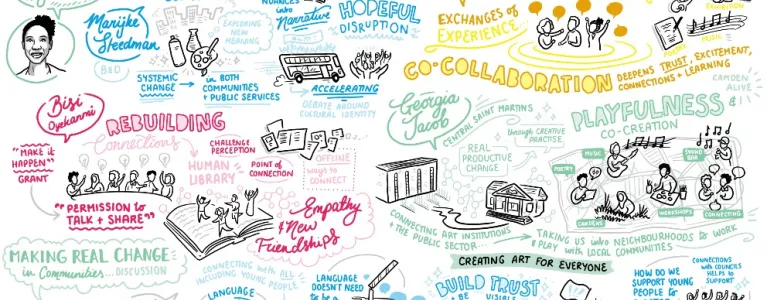

Communities, councils and individuals use a huge range of approaches when creating meaningful, grassroots cultural activities.
On 23 February 2021, we brought together people involved in London Borough of Culture - from councils and the community - to discuss local culture and how to put it on the doorstep of all Londoners.
In this blog we use the phrase 'co-creation'. By this, we mean a co-operative process in which people with diverse experiences, skills and knowledge come together, which enables people and communities to be actively involved in shaping the things which impact their lives.
What are the key notions when curating for and with communities?
1. Embrace ‘not knowing’: The co-creation process calls for curators and participants to welcome unexpected outcomes. As in art creation, it is a process of subverting expectations, and requires openness to uncover new experiences.
2. Enable individuals to speak and to be heard: Conversation and self-expression are central to co-created cultural activities. Facilitating individuals to see themselves and to be heard through the projects results in meaningful connections.
3. Connect the local with the local: Facilitating hyper-local exchanges between individuals within small communities, like care homes, can enrich the wider community.
4. Take time to build trust: Whether it’s co-creating in community spaces on their own terms, or including testing and failing as a natural part of the creation process, the best outcomes come from establishing trust.
A diversity of approaches to curating cultural activities
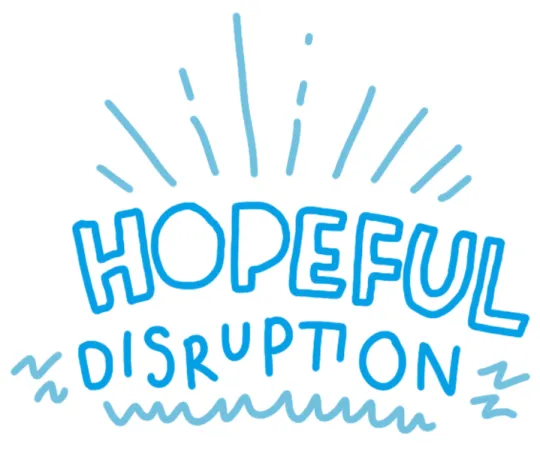
Hopeful Disruption
The idea of “Hopeful Disruption” is an approach used by New Town Culture to drive change, and which encourages social services staff and users to go on journeys of discovery together.
- Incorporating creativity into existing processes enables new nuanced ways of discussing identity and creative ways to record the experiences of young people within social services. New ways of engaging, such as staff painting together alongside a young person, can bring a positive shift in the working relationship.
- This ‘disruption’ aims to humanise processes within a local authorities. It supports long-lasting behavioural change and future policy, as new knowledge is developed and retained within the local authority.
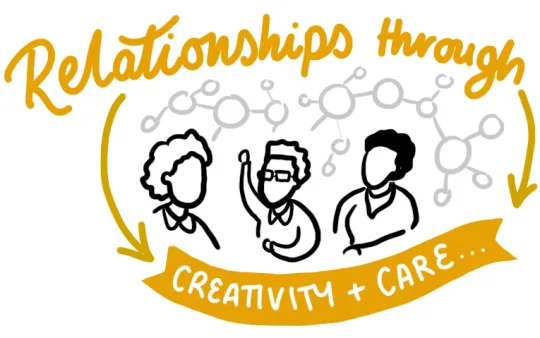
Permission to play in nourishing ways
One participant in Lewisham’s Age Against the Machine festival said the project gave them “permission to play in nourishing ways.” Targeting a specific group, like a residential care home, can have positive ripple effects across local communities.
- If the co-creation involves professional artists, participants choosing who they work with gives them more ownership over the project, leading to more meaningful outcomes.
- The success of a project can be measured by the strength of the relationships formed.
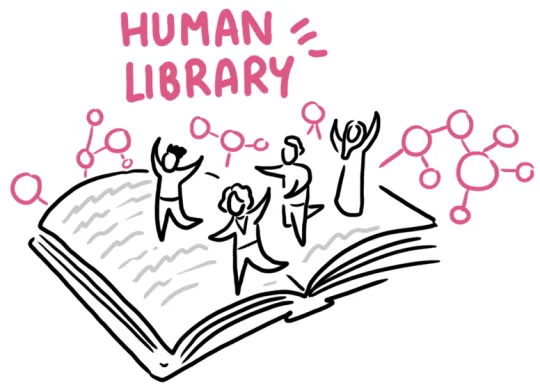
Local empathy
Developing “local empathy” means enabling community members to gain deeper insight into each others’ lives. This was at the heart of the Human Library project in Waltham Forest, which sparked meaningful conversations between different generations, and built lasting friendships between strangers.
- Local cultural activities that encourage new encounters can challenge people’s perceptions and preconceptions of each other.
- Co-created projects can have transformative effects on individuals, changing their perceptions of themselves and each other.
- Working hyper-locally can encourage people to visit local spaces for the first time. 60% of Human Library volunteers had never been to the library before.
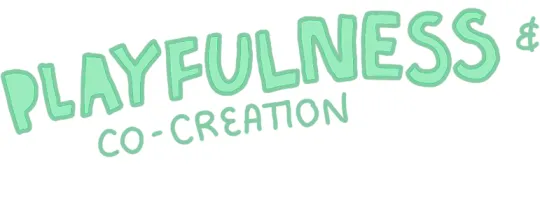
Playfulness and co-creation as a research strategy
University of the Arts London’s community engagement programme facilitated cultural exchanges between councils and communities for the Camden Alive project. This co-creation across ten neighborhoods was research into what communities needed, growing organically over time, engaging with residents in a deep way, and culminating in a new community owned maker-space.ten artistic commissions across the borough.
- When curating with councils, build on their existing relationships and networks.
- Young people get inspired when they see their neighbours creating something. Think about “co-designing more optimistic futures.”
The creative process is so humanizing. It is clear to see how powerful the impact is when creativity is (re)introduced to an individual’s life…especially when collaborations and co-creation is encouraged.
Key topics for the future of community and council-led curating?
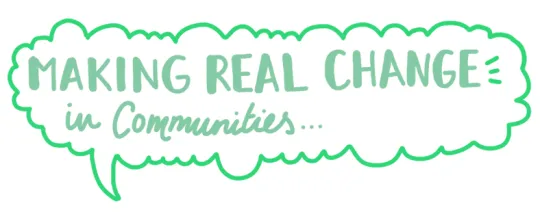
Investing time
How do we enable grassroots projects that have long durations, and with outcomes that will evolve over time?
- Camden Alive started as an 18-month research project. It supported participants who went on to set up their own businesses and recorded their first albums. Community projects often need time to develop and evolve gradually.
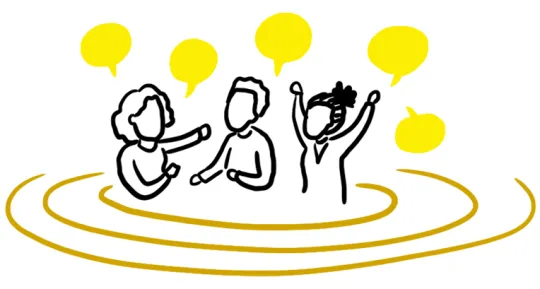
Funding and reporting
How do we report metrics and data in a way that is meaningful for participants as well as funders?
- Consider more holistic ways of reporting than surveys or tick-box forms – for instance the ‘Most Significant Change’ evaluation model allows for filmed feedback, which tells a fuller story.
- Recruitment processes can have a significant impact on projects and outcomes long-term. Funding for long-term contracts can avoid knowledge being lost once an individual on a fixed-term contract leaves.
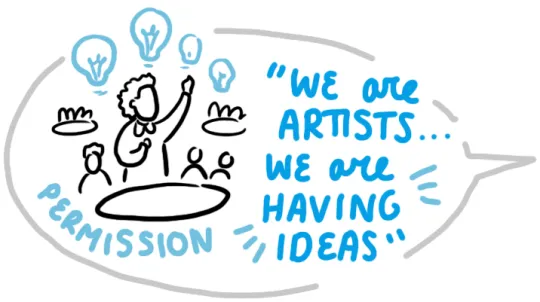
Relationship between paid artists and community volunteers
Often artists are paid and community groups are not - how do we address this? How do we enable long-term equitable relationships in co-creation?
- Everyone’s time is valuable, how do we make sure participants are fairly compensated? Consider flexible approaches, open budgeting, in kind donations, and increased budget transparency. Renumeration is not the only option – genuine training and upskilling are valued too.
- Think about time commitments and barriers, making sure that groups aren’t left out (e.g. due to childcare commitments).
- Question who owns the knowledge made through collaborative processes.
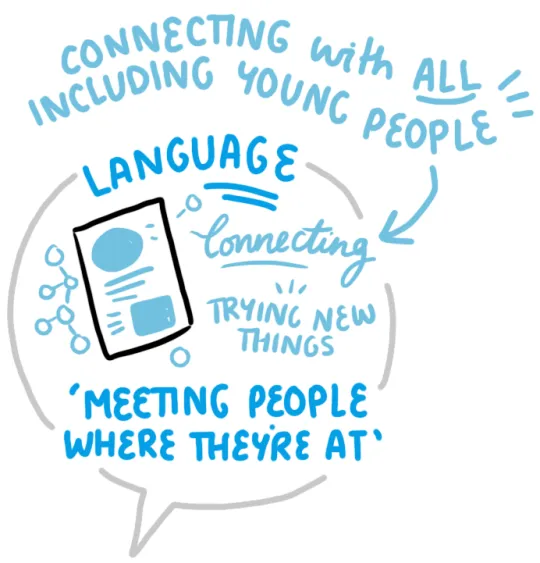
Language and how we use it
How can we be more mindful of the language we use?
- Participants can be put off by ‘poetry’ and ‘spoken word’ for example, and think it isn’t for them.
- Equip professionals with nuanced ways to use language to refer to individuals in the community, to avoid labeling.
- Words like ‘co-creation’ and ‘participants’ can mean different things depending on the context. Develop a shared language specific to the cultural activity, rather than relying on shorthand without interrogating it.
Imagination in service of the people
Dreaming spaces
How do we bring cultural activity into workplaces that are more skeptical of creative processes and the ‘not knowing’ involved?
- Setting up ‘dreaming spaces’ to ask ‘what if’ questions can involve anyone in the spirit of co-creation. In Lewisham, Age Against the Machine asked: ‘What if older people went to an art space instead of a day centre space?’, and this sparked a co-creation project.
A final reflection?
“Do what you can with what you have”
In times of uncertainty, bring instinct back into your practice.
Blog by Naomi Obeng on behalf of the GLA.
Download Amber Anderson's Live Scribe illustration of the event here.